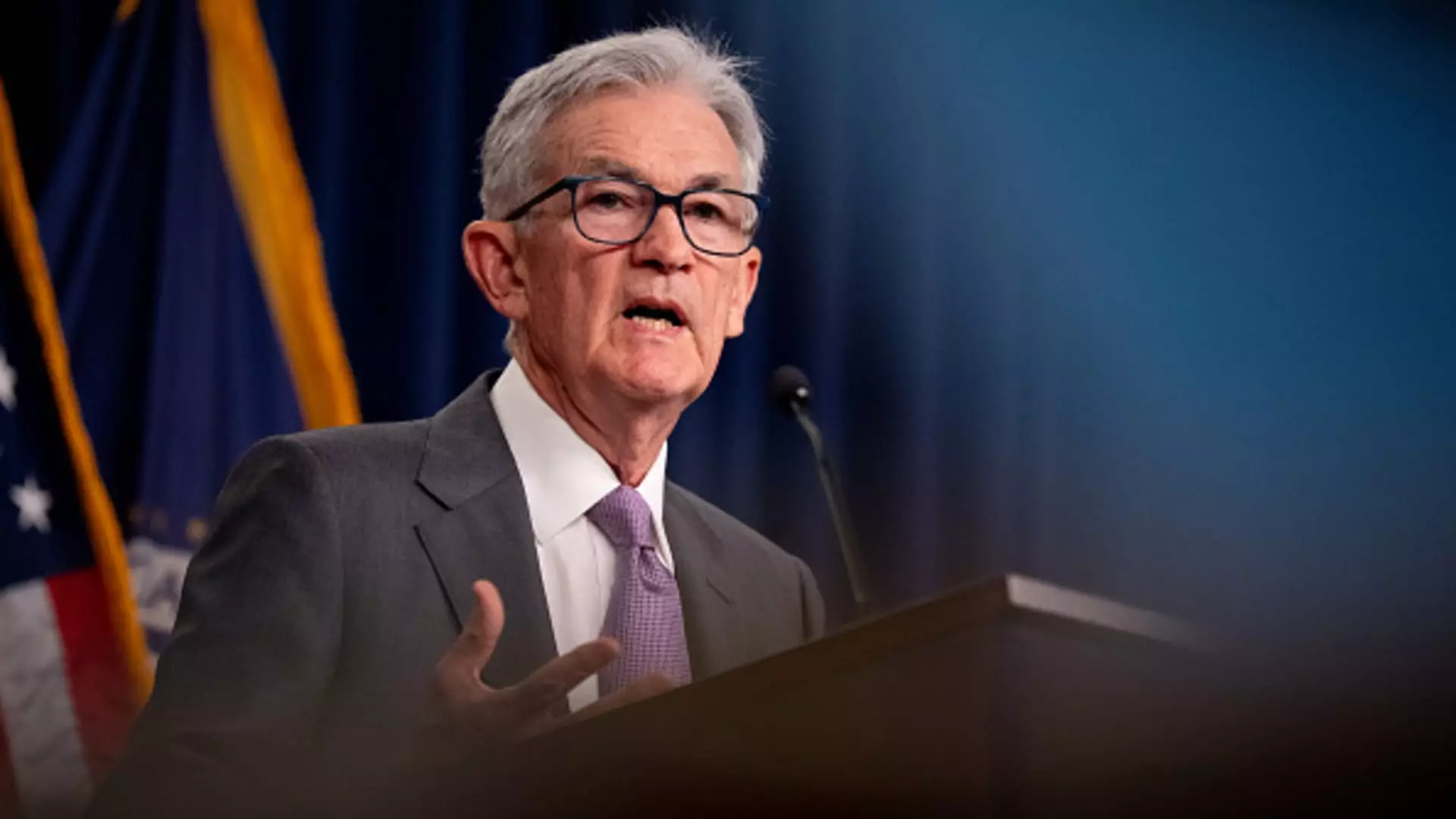The discussion surrounding the potential 50 basis point rate cut by the U.S. Federal Reserve has ignited a debate among analysts and economists. Michael Yoshikami, CEO of Destination Wealth Management, believes that a larger cut would demonstrate a proactive approach by the central bank to support job growth. He argues that such a move would not necessarily indicate deeper concerns about a broader economic downturn. This sentiment is echoed by Nobel Prize-winning economist Joseph Stiglitz, who also advocates for a half-point interest rate reduction at the upcoming meeting.
On the other hand, economist George Lagarias cautions against a jumbo rate cut, citing potential negative consequences. He warns that such a drastic measure could send the wrong message to the markets and the economy, creating an atmosphere of urgency that may lead to unintended outcomes. These conflicting perspectives highlight the complexity of the decision facing the Federal Reserve.
Market Expectations and Uncertainty
Market expectations regarding the upcoming rate cut are varied and uncertain. The disappointing jobs report from Friday has sparked fears of a slowing labor market, prompting speculation about the extent of the Fed’s intervention. Currently, traders are pricing in a 75% chance of a 25 bps rate reduction, with 25% expecting a 50 bps cut. This uncertainty reflects the broader economic landscape characterized by volatility and mixed signals.
Thanos Papasavvas, founder and chief investment officer of ABP Invest, acknowledges the rise in concern about a potential economic downturn. However, he remains optimistic about the underlying resilience of the economy, particularly in manufacturing and unemployment rates. This nuanced perspective underscores the complexity of forecasting economic trends and the challenges of making policy decisions based on incomplete information.
Evaluating the Risks and Benefits
The debate over the jumbo rate cut reflects a broader discussion about the risks and benefits of aggressive monetary policy measures. While proponents argue that a larger cut would signal the Fed’s readiness to address economic challenges, critics warn about the unintended consequences of such a move. The delicate balance between stimulus and market stability underscores the challenges facing central banks in navigating uncertain economic conditions.
The upcoming Federal Reserve meeting represents a critical juncture in the ongoing debate about monetary policy and economic resilience. The conflicting perspectives on the rate cut highlight the complexities of decision-making in a volatile and uncertain environment. As policymakers weigh their options, the need for thoughtful and strategic responses to economic challenges becomes increasingly evident.

